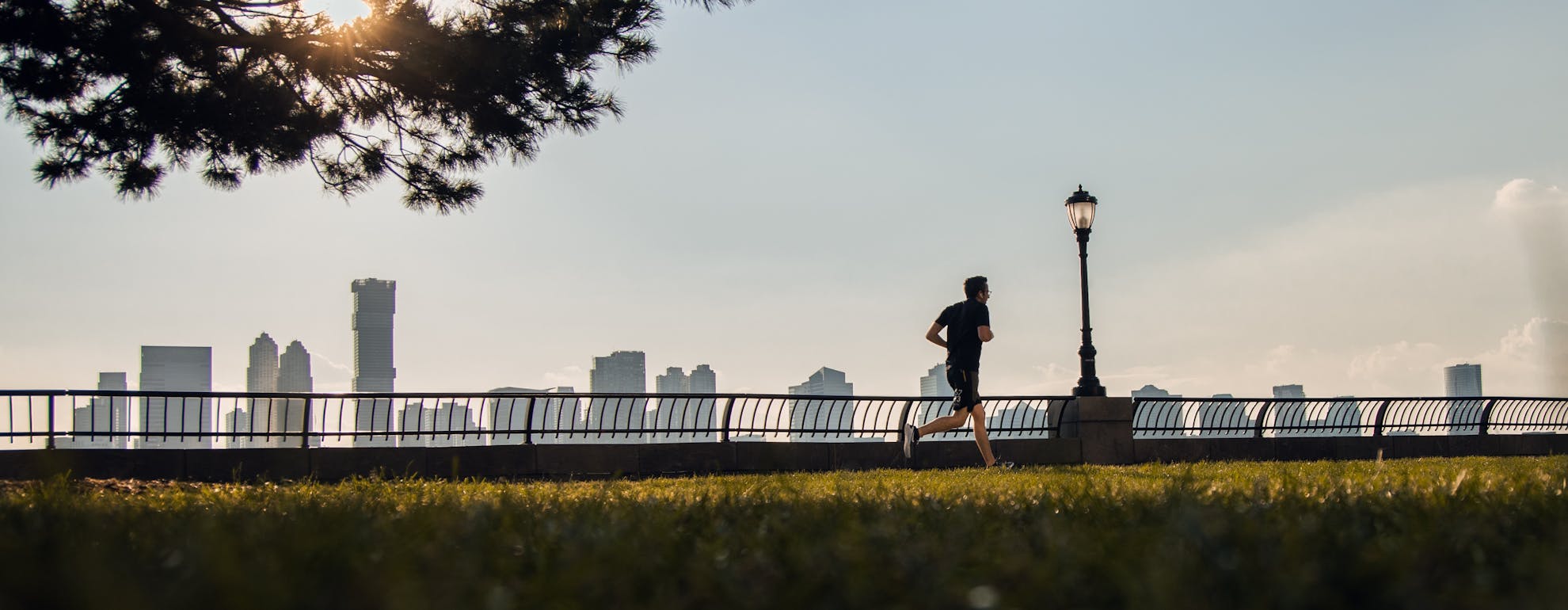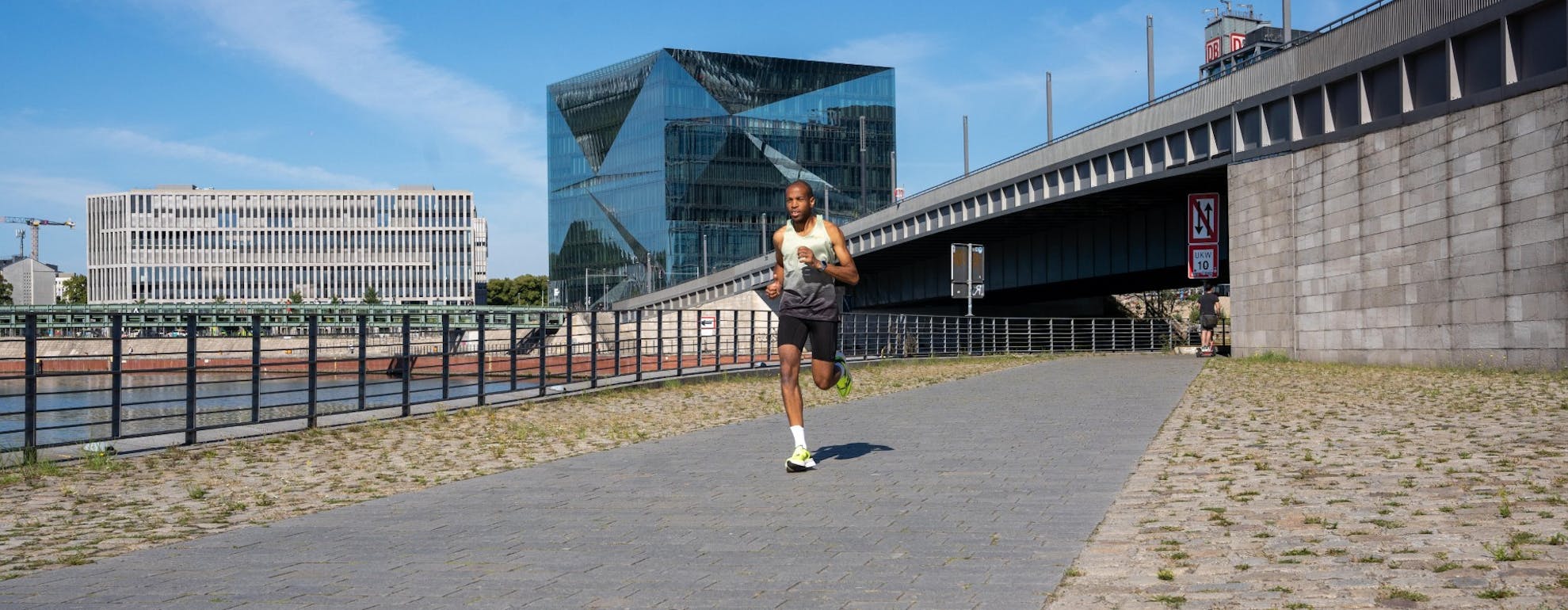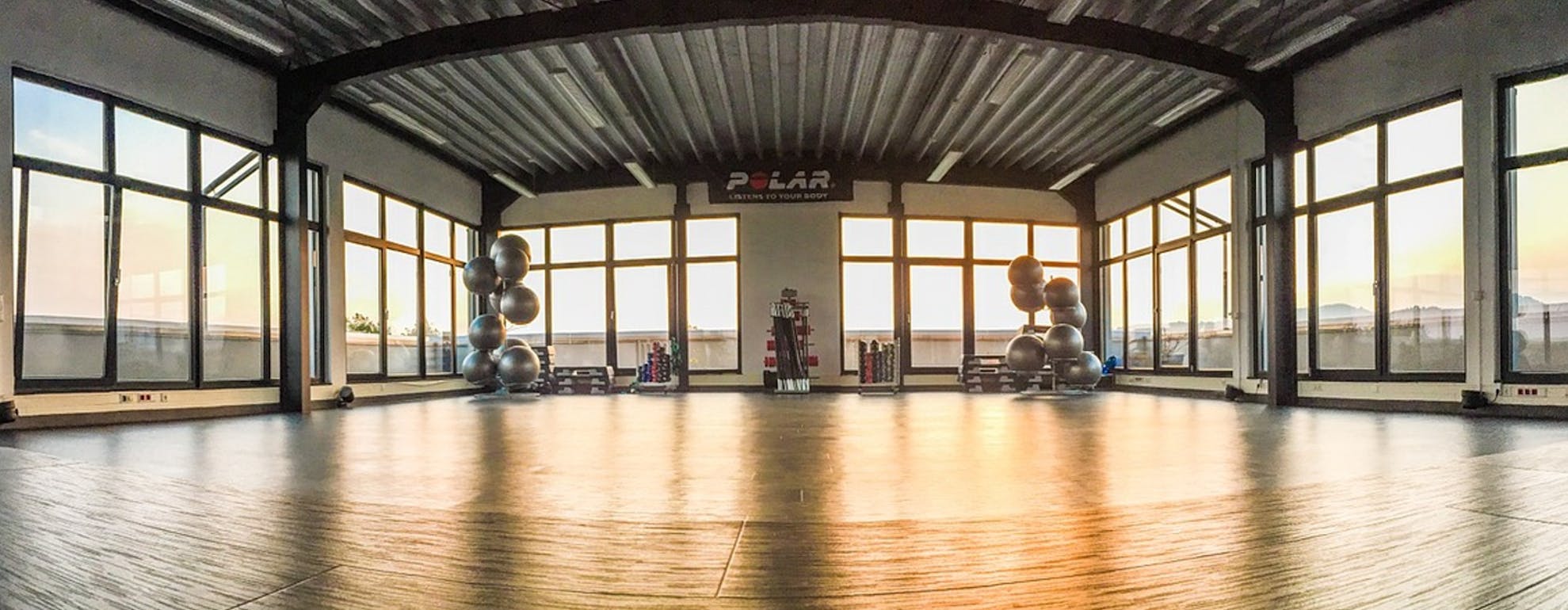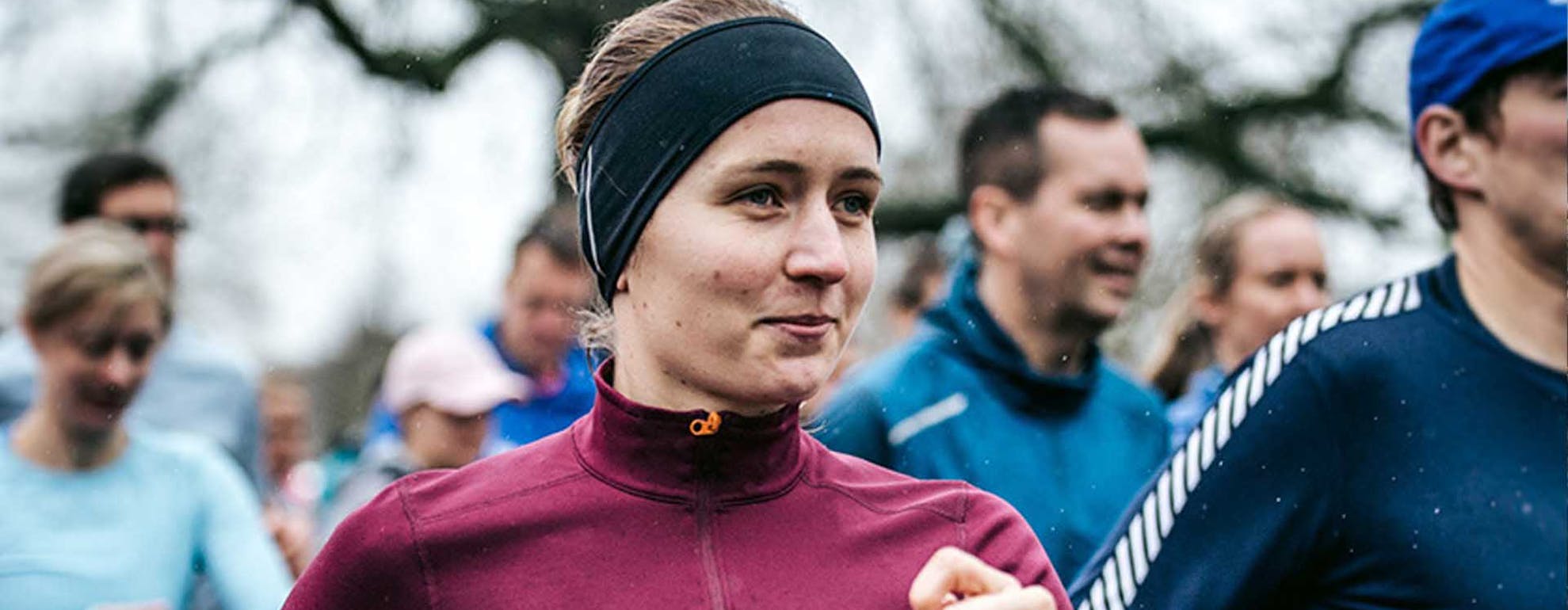
Flexibility & Mobility for Strength Training
Athletes for whom their chosen discipline is functional training, often pursue strength as a key attribute they wish to develop. Equally important and often overlooked, however, is the work required to develop flexibility and mobility. That’s why SportsShoes.com has teamed up with Reebok HQ coaches Matt Thompson and Aimee O’Keefe to explain how to develop flexibility and mobility for strength training athletes.
In order to consider the requirements for each athlete let’s first define some of the terminology used:
Strength-muscle recruitment & muscle contraction
Flexibility – the end range of motion in a joint
Mobility – the strength through a given range of motion and can also include multiple joints moving simultaneously
Strength+Flexibility = Mobility
Strength and functional training athletes commonly fall into two categories; those that struggle to get into positions (stiff) and those who struggle to get out of positions (bendy).
An athlete who struggles to touch their toes, hit depth on a squat or cannot reach directly over whilst performing a tri-planar lunge is likely to benefit from a dedicated stretching routine, both as part of their warm ups and out-of-gym practice. When injuries occur in these athletes, they are often sudden, dramatic and require surgery to repair and the progression of this kind of athlete will rely heavily on seemingly “less fun” activities such as regular stretching.
Conversely, an athlete who tends to get “stapled” in the receiving position of a barbell, has a poor vertical leap, and lacks the ability to rebound out of a tri-planar lunge would benefit from a program designed to activate their CNS and muscular system ready for strength training. These athletes are typically those who suffer from consistent and chronic “niggles” that build over time, often due to lacking strength somewhere in the body and the resulting over compensation elsewhere.
ㅤ
| Stiff Athletes | Bendy Athletes |
|---|---|
| Struggle to touch toes through a straight-leg-bend, whilst standing | Can easily touch toes, even place palms flat on floor whilst standing |
| Generally naturally strong | Tend to be more lithe |
| Rebounds easily from a barbell squat. Tends to prefer power movements vs. full/squat movements | Tends to be buried when receiving a barbell or wall-ball Bottoms out on their squat Tends to be a fan of the “double bounce” to get momentum out of a squat. |
| Would benefit from a stretch routine (see below) | Would benefit from an activation routine (see below) |
ㅤ
Matt Thompson and Aimee O’Keefe recommend theReebok CrossFit Nano 9for the following routines.
STRETCH ROUTINE
LOWER BODY FLOW
Downward Dog into Cobra
ㅤ
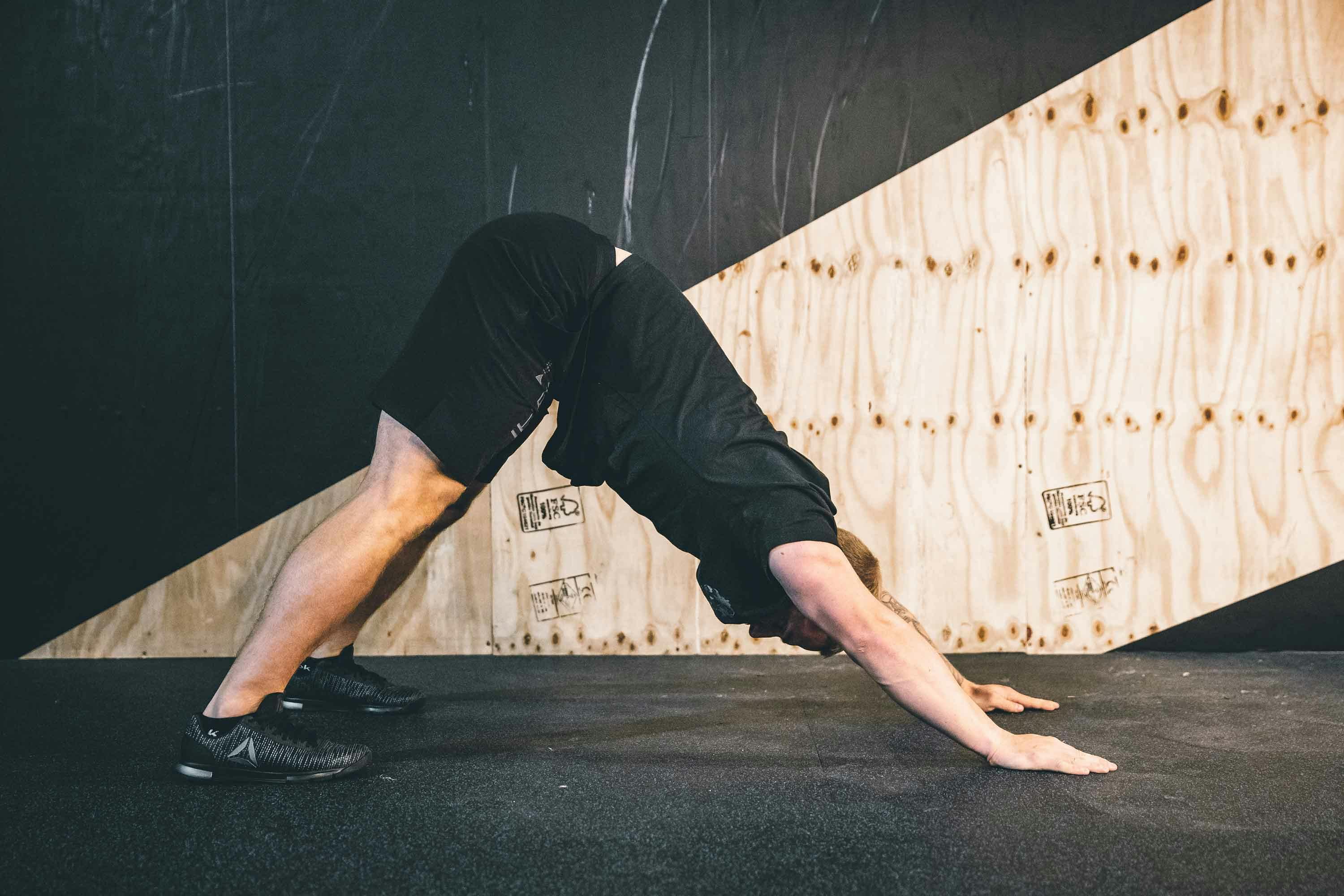
ㅤ
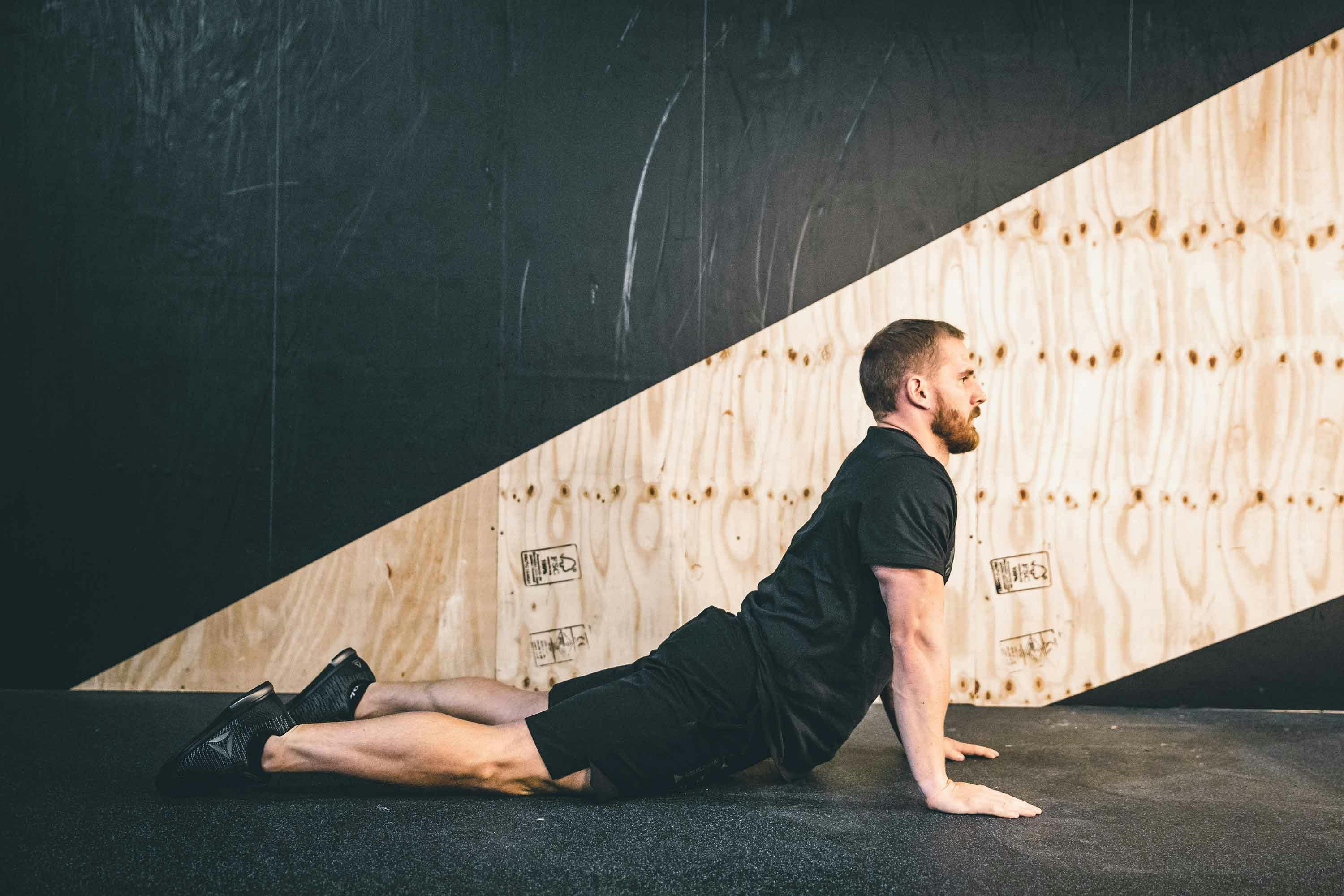
ㅤ
Bird Dog – Alternating knee planted
ㅤ
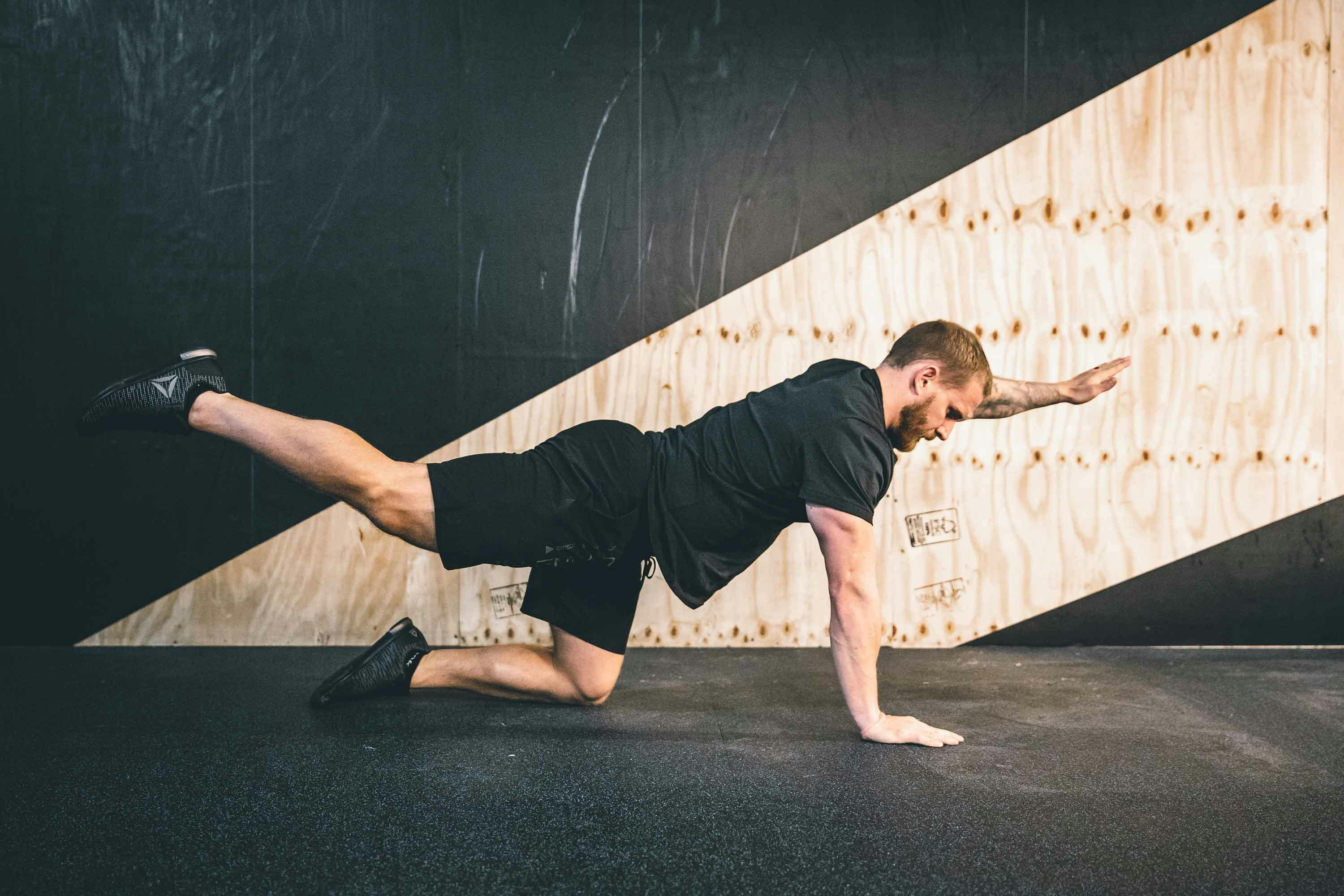
ㅤ
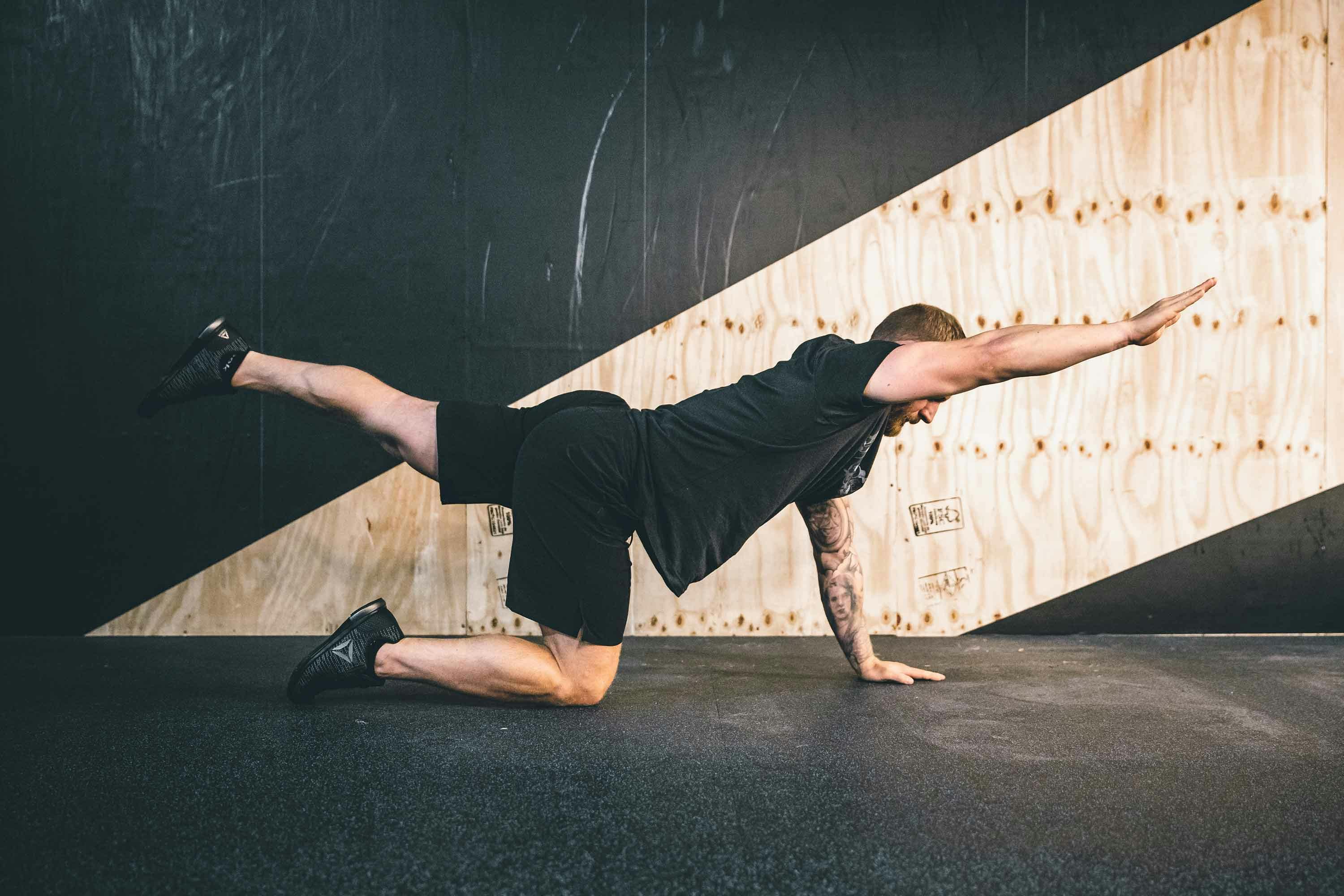
ㅤ
Spiderman Stretch into T-spine
ㅤ
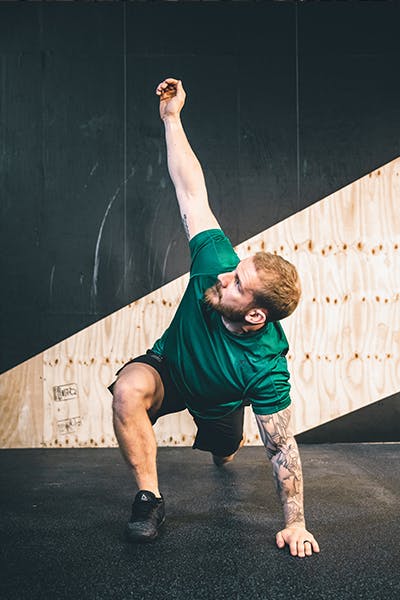
ㅤ
UPPER BODY FLOW
Cat / Camel
ㅤ
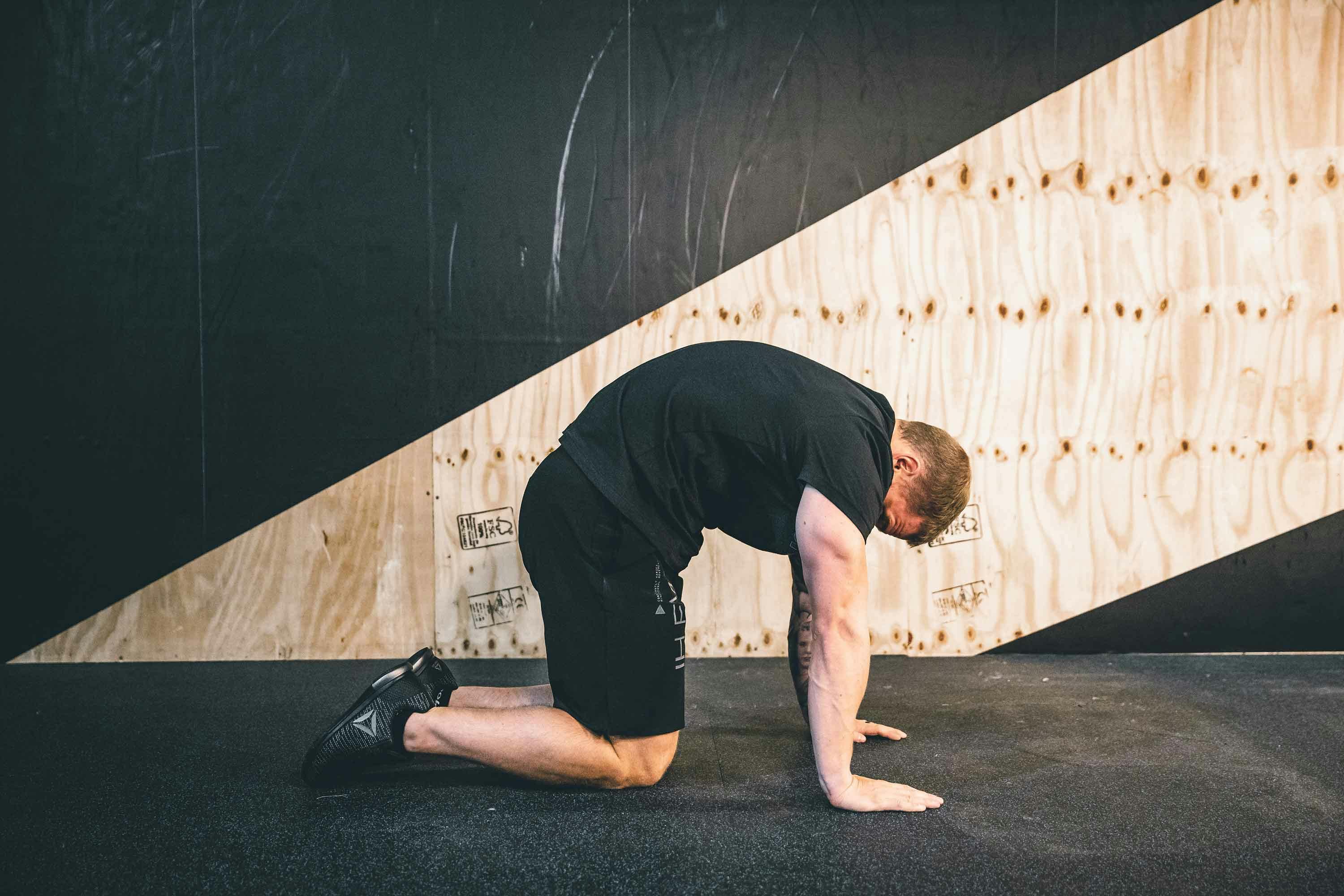
ㅤ
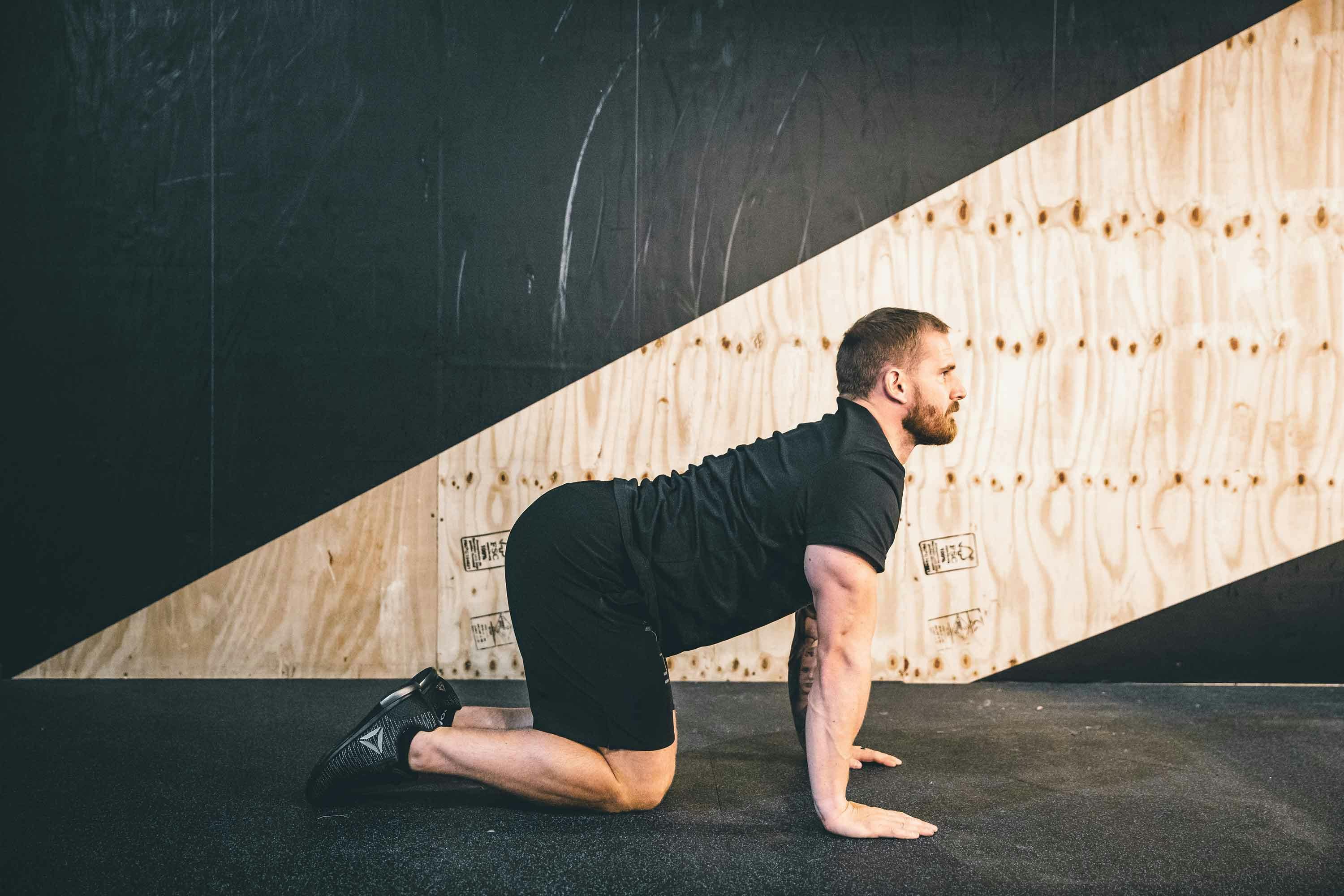
ㅤ
Thread the Needle
ㅤ
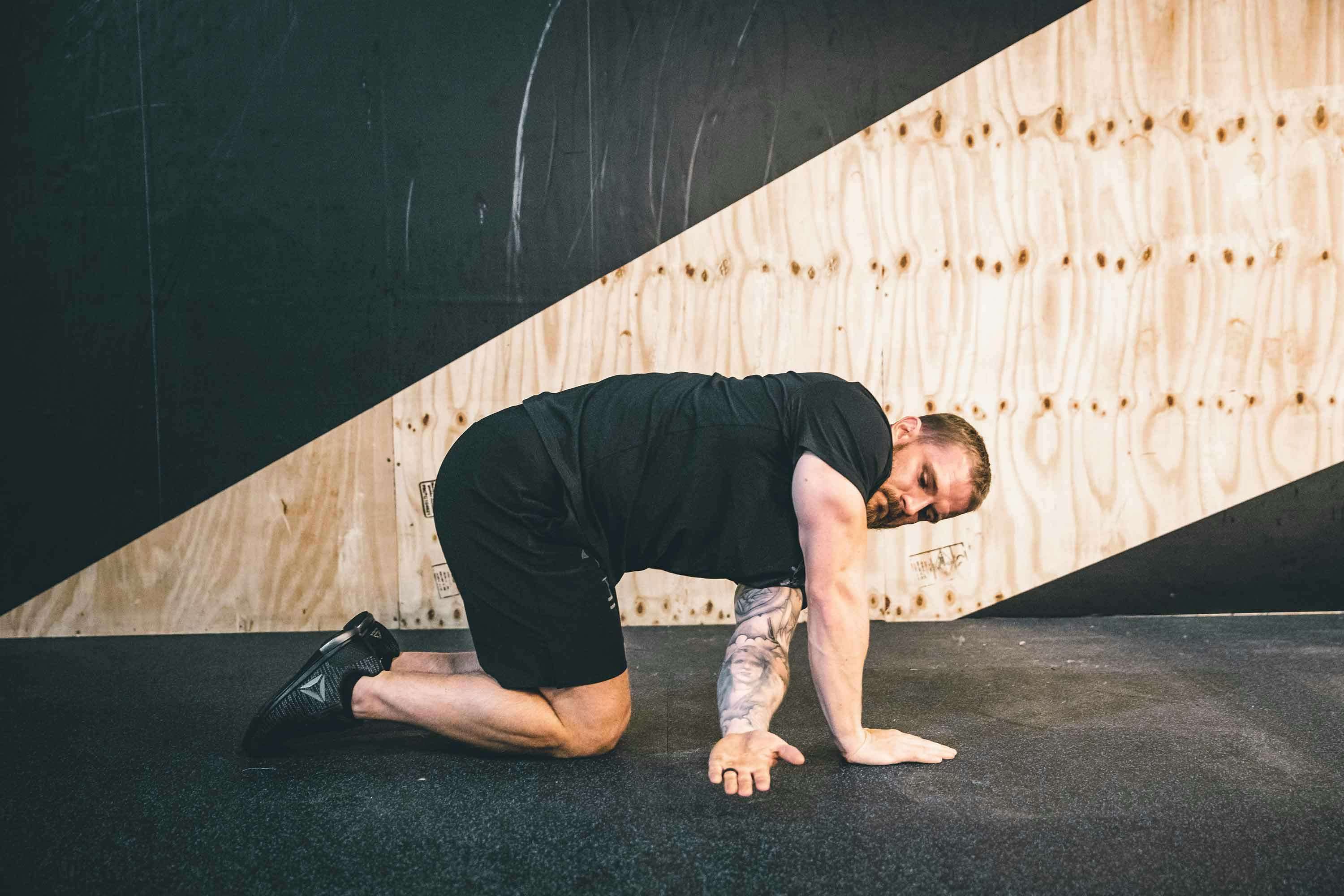
ㅤ
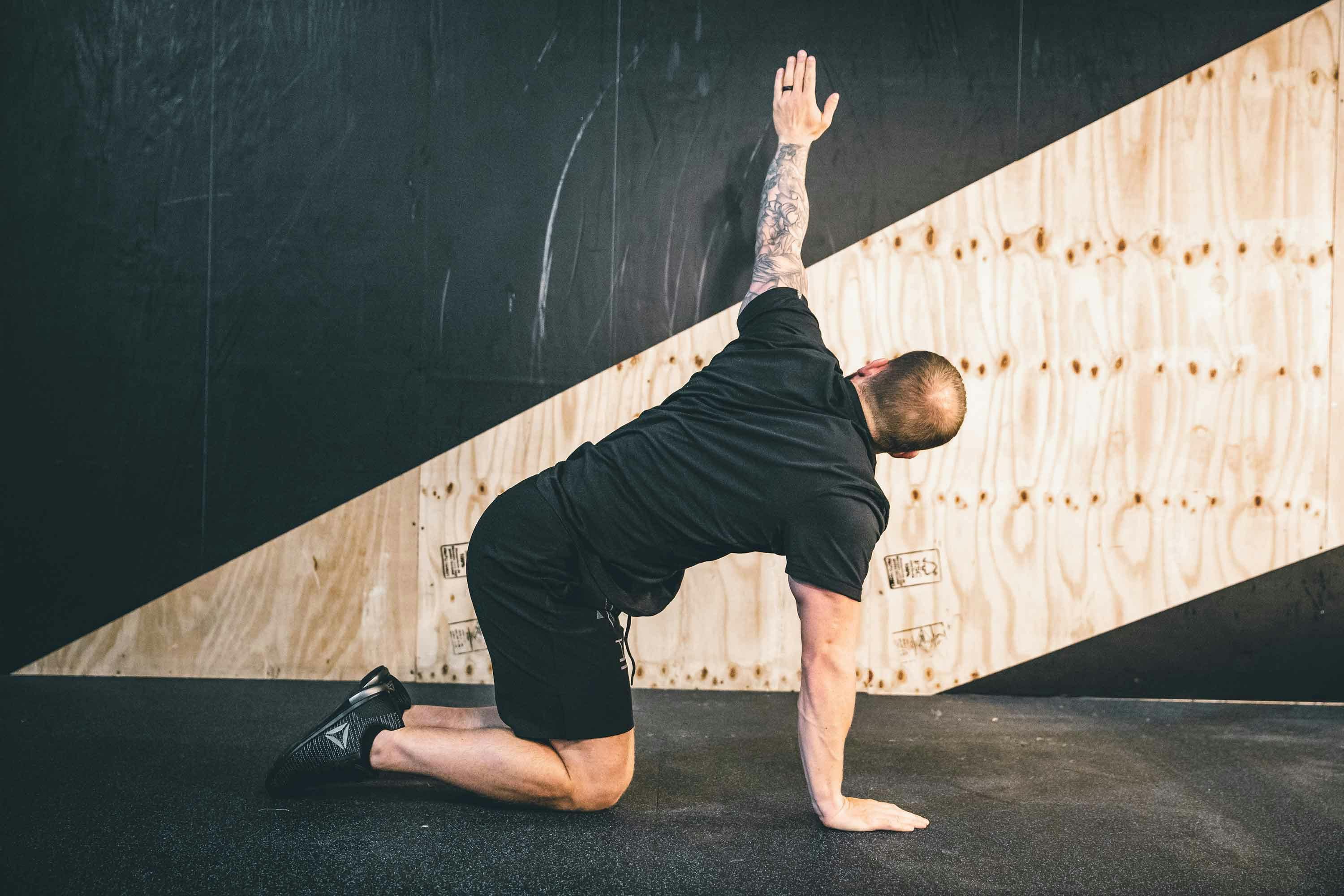
ㅤ
Static Lat Stretch
ㅤ
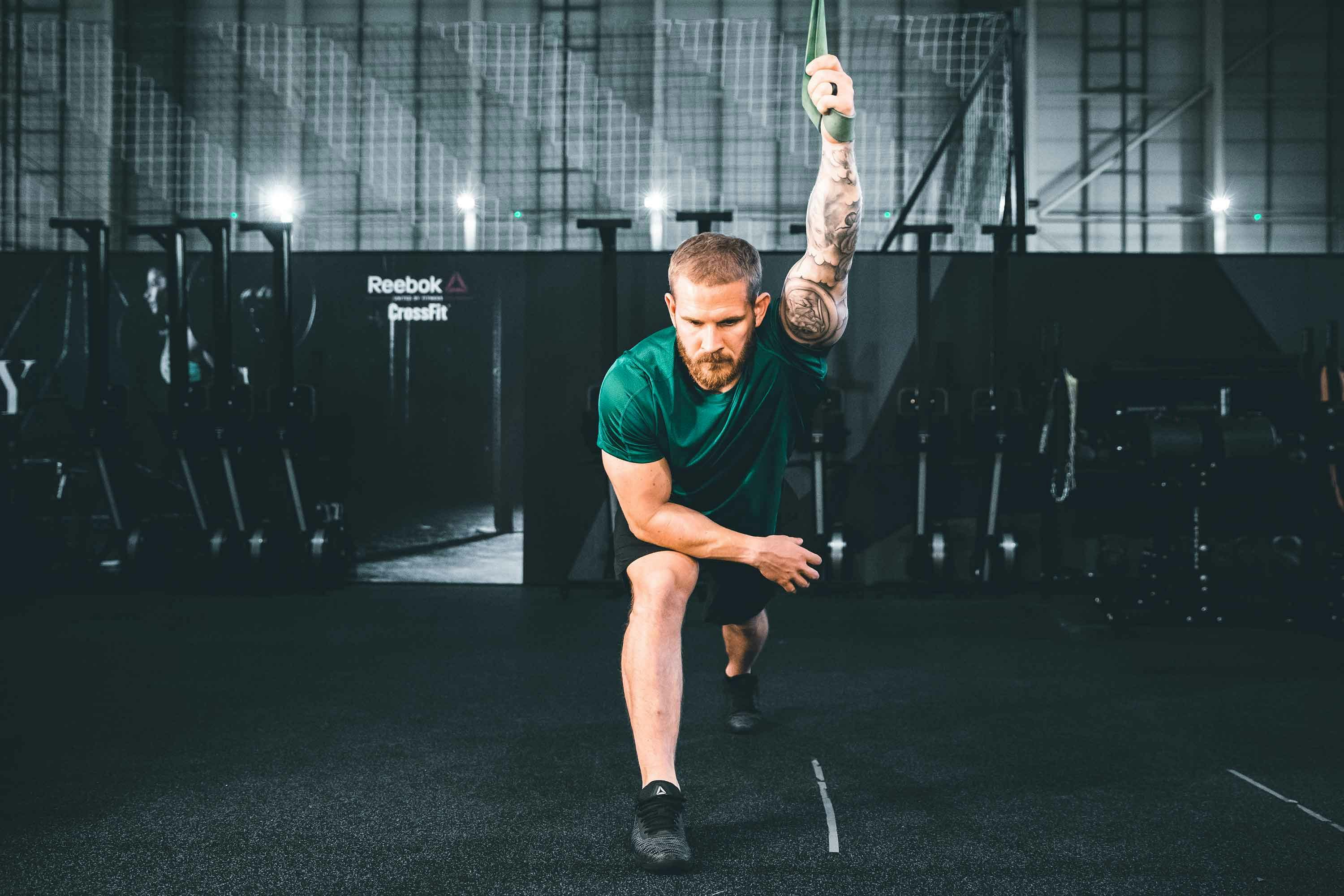
ㅤ
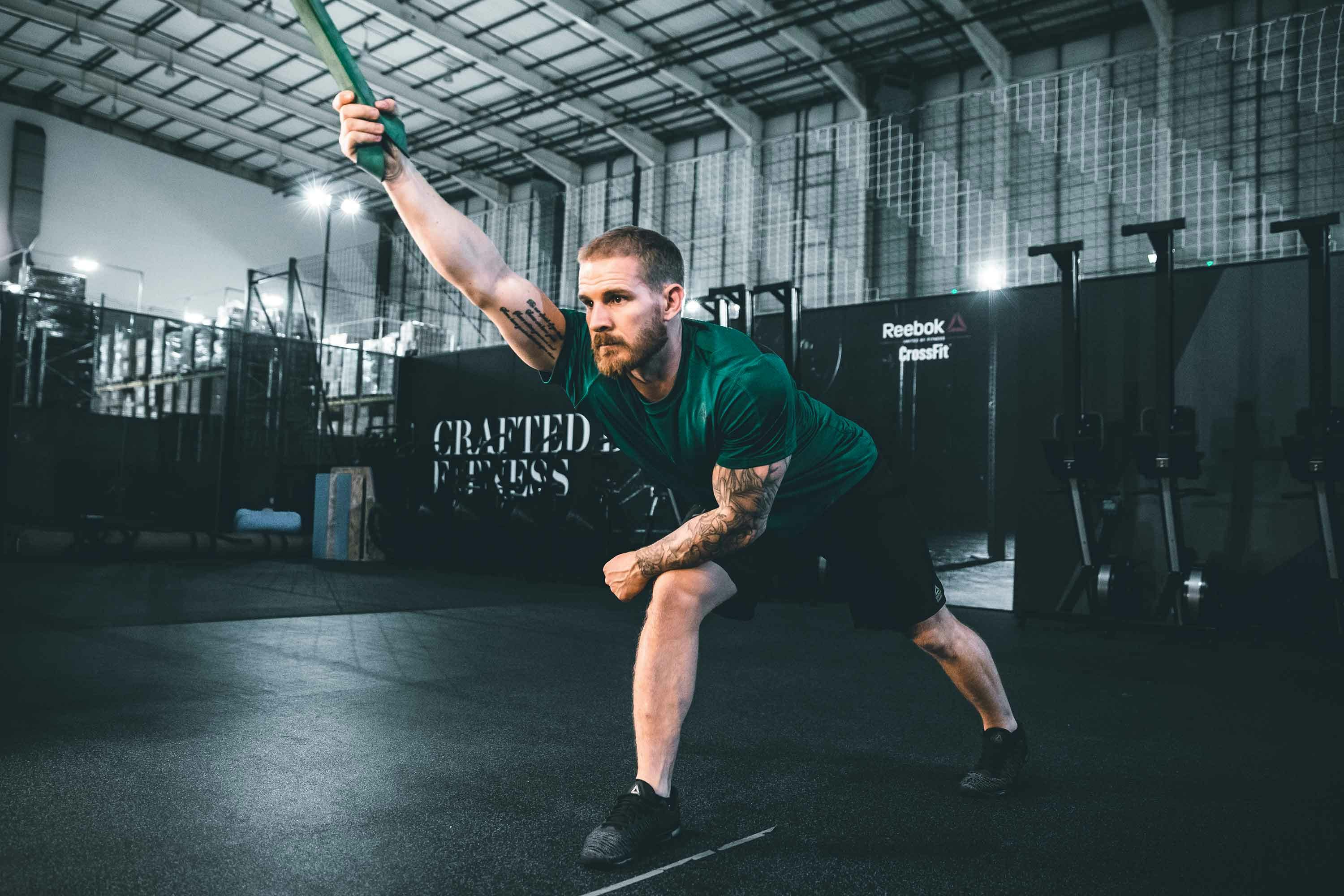
ㅤ
ACTIVATION ROUTINE
LOWER BODY ACTIVATION
Forward Lunge, backward, cossack (no hands)
ㅤ
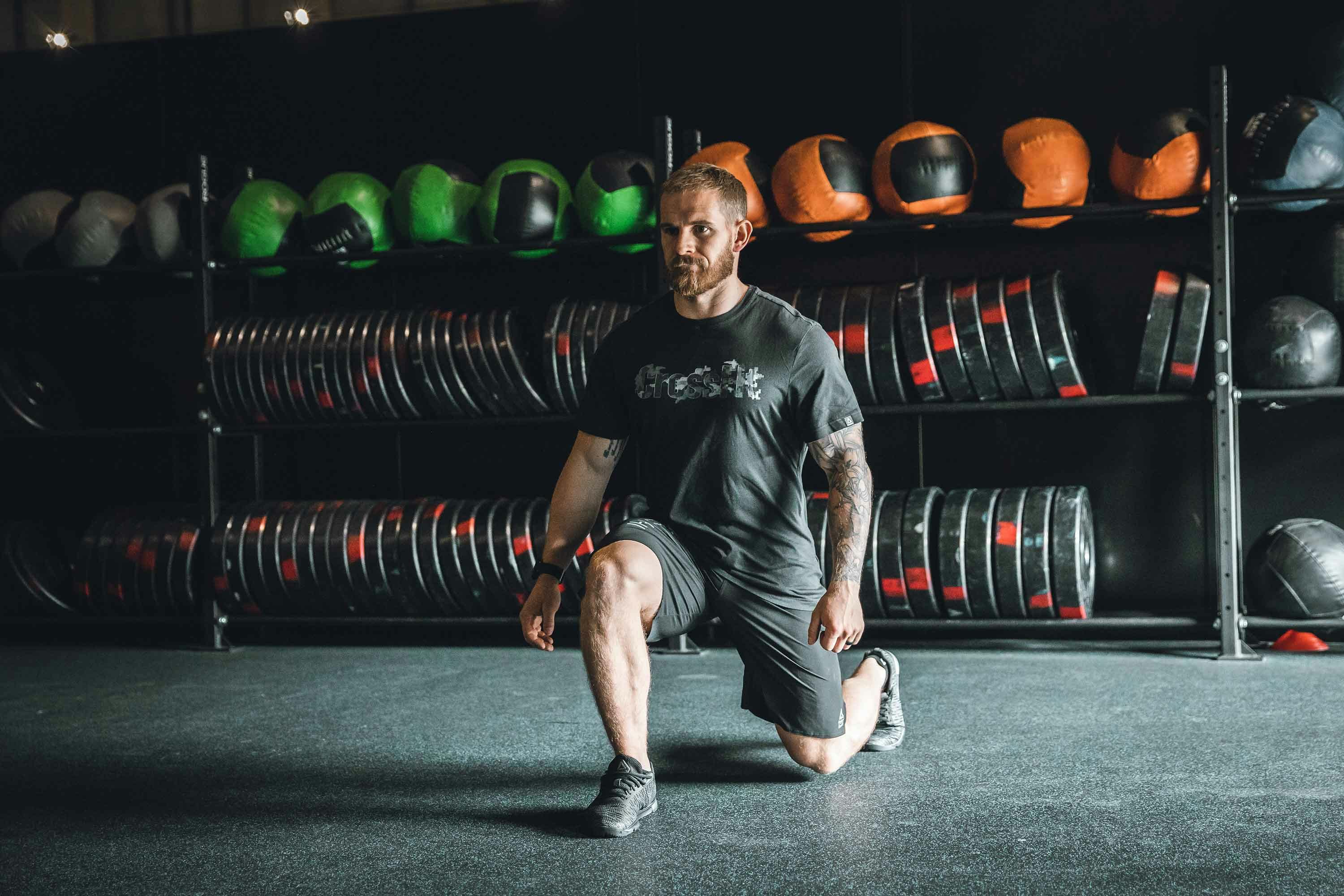
ㅤ
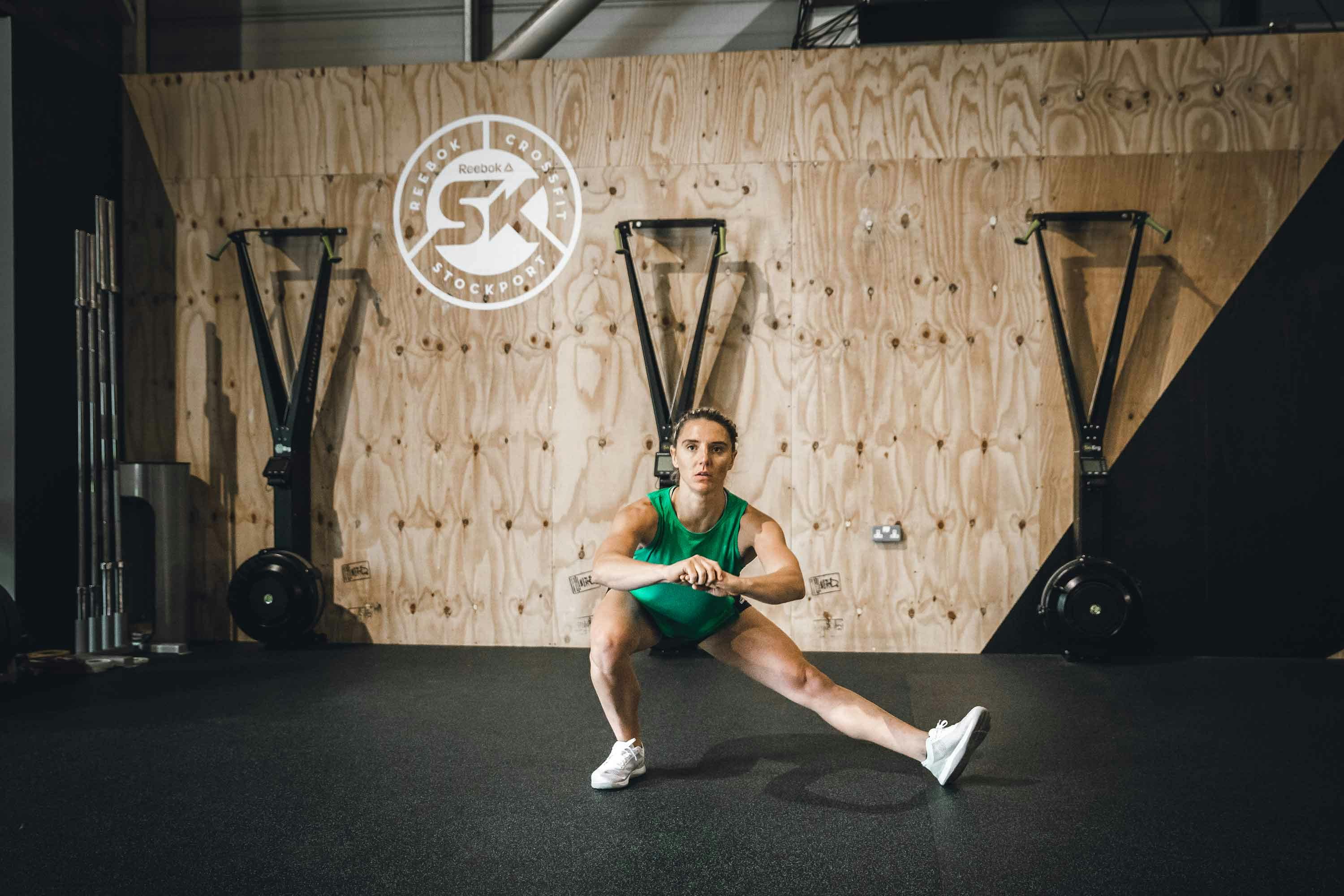
ㅤ
Forward Lunge, backward, cossack, hands up
ㅤ
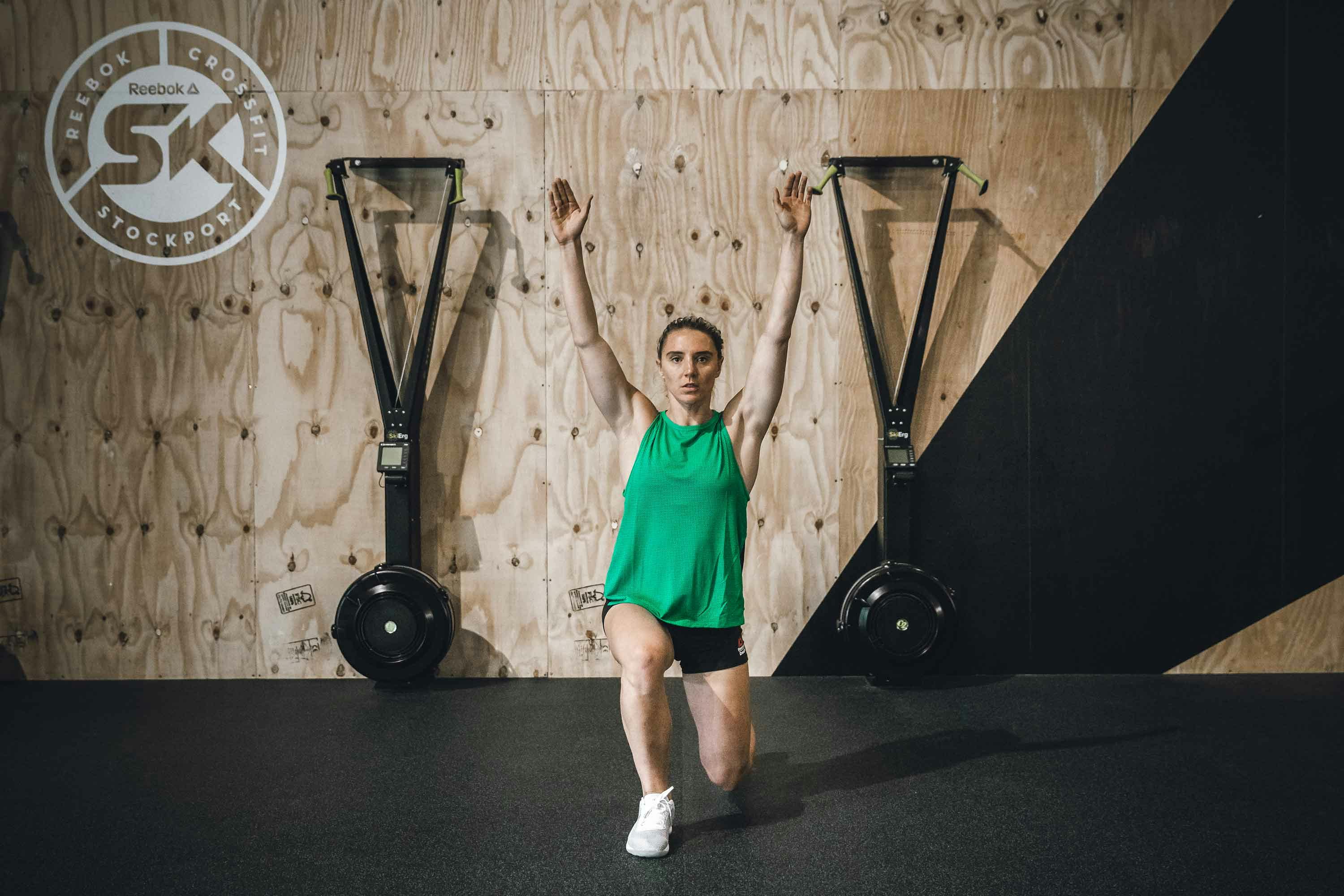
ㅤ
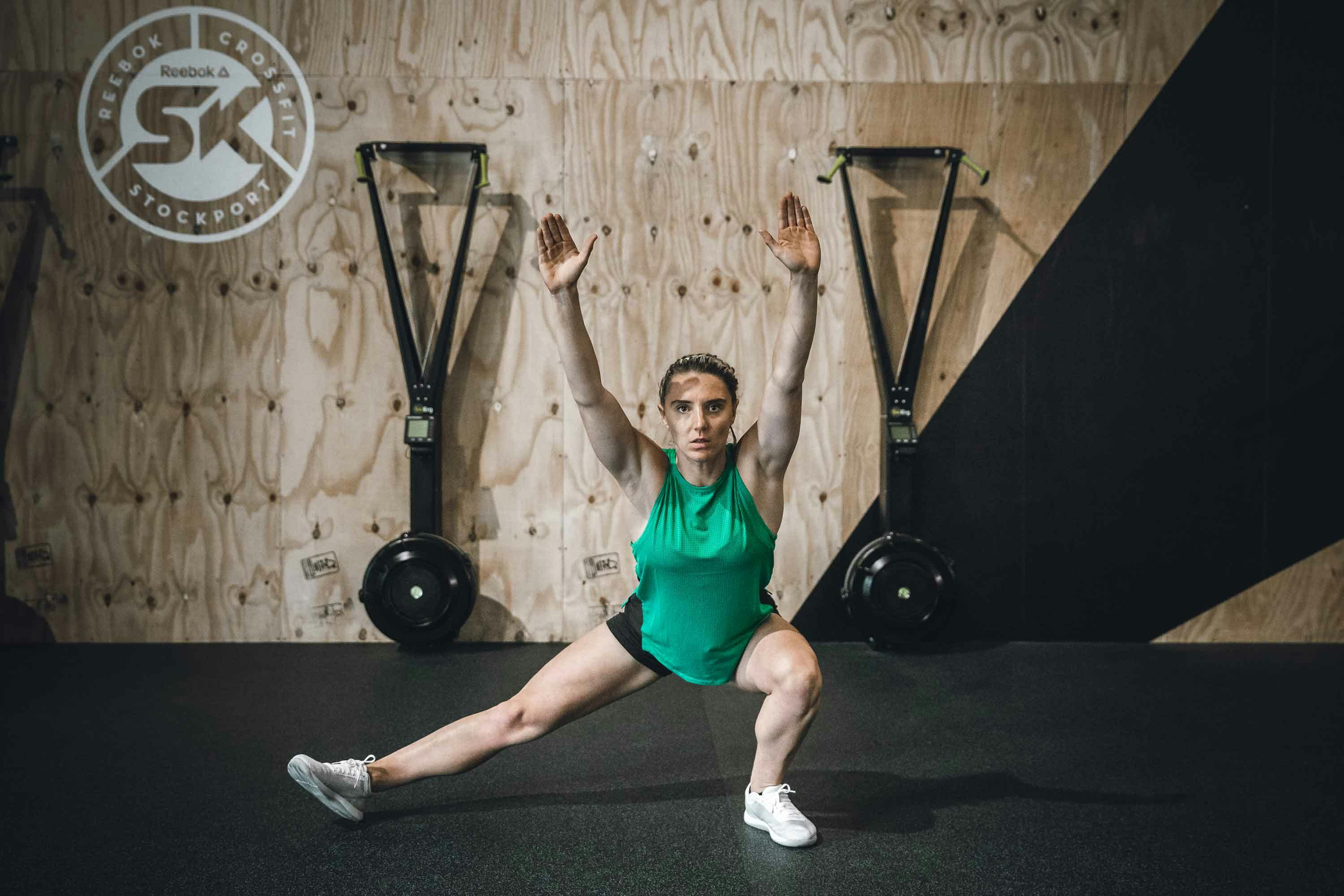
ㅤ
Forward Lunge, backward, cossack, hands down
ㅤ
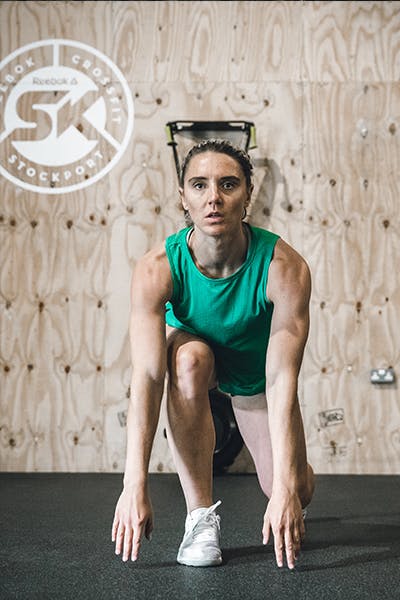
ㅤ
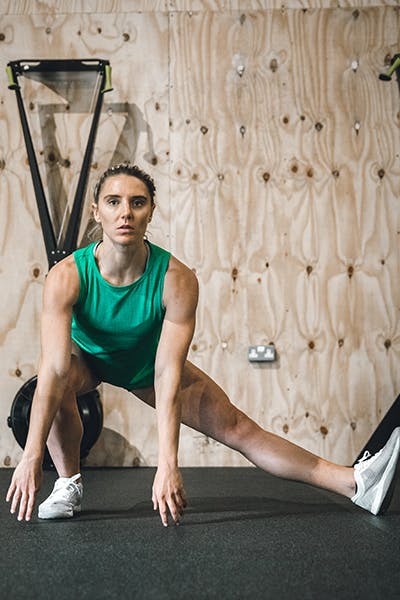
ㅤ
UPPER BODY ACTIVATION
Active / Passive hangs (Vertical / horizontal)
ㅤ

ㅤ
Single arm kettle bell bench press
ㅤ
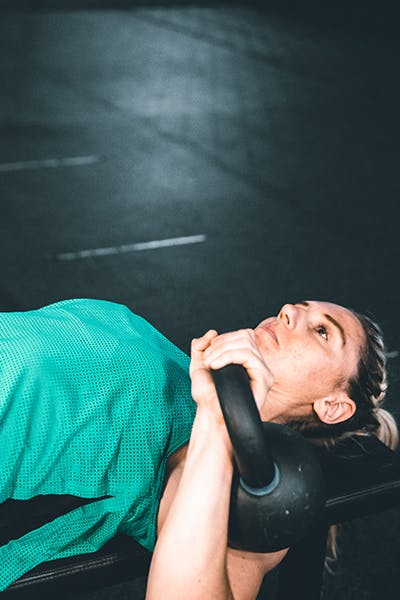
ㅤ
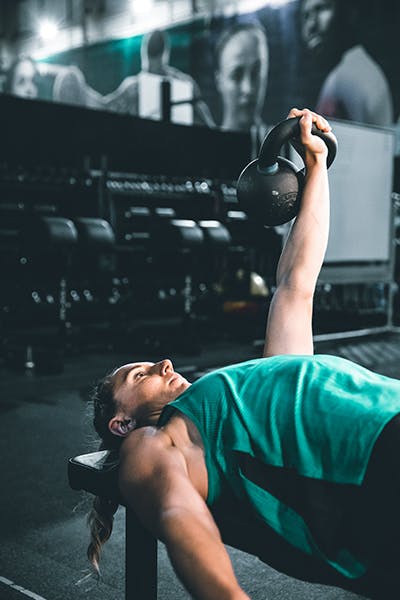
ㅤ
Looking for some training tips and advice? Then head over to our Training category where our athletes and experts explain everything you need to know.
Welcome
Welcome to the SportsShoes Training Hub! We’ve teamed up with athletes and experts to bring you the very best advice on how to maximise your workouts and achieve your best results.
Read More
Share this
Featured Articles
View All
